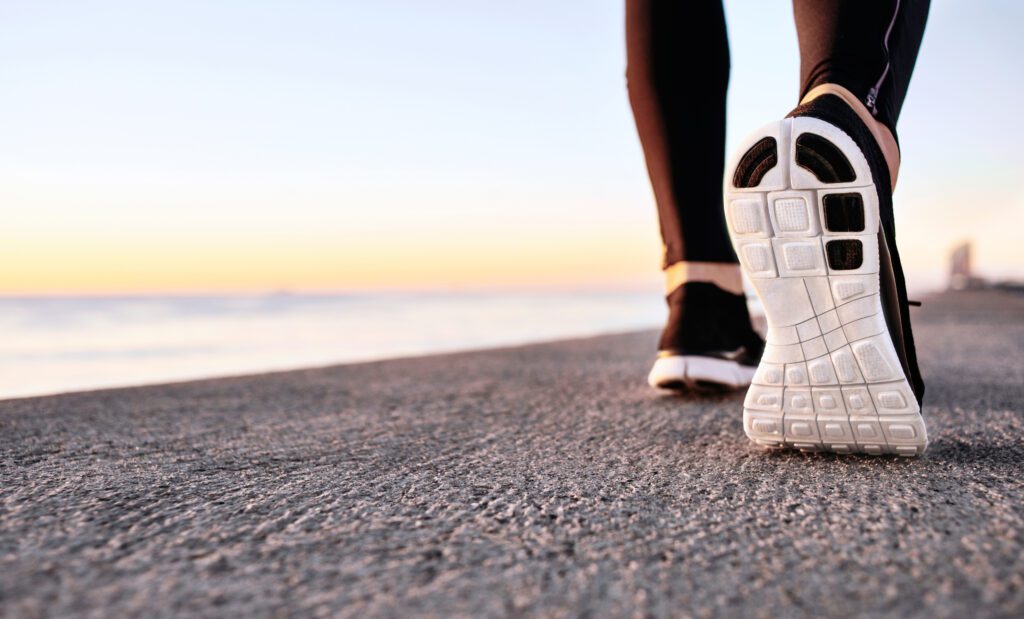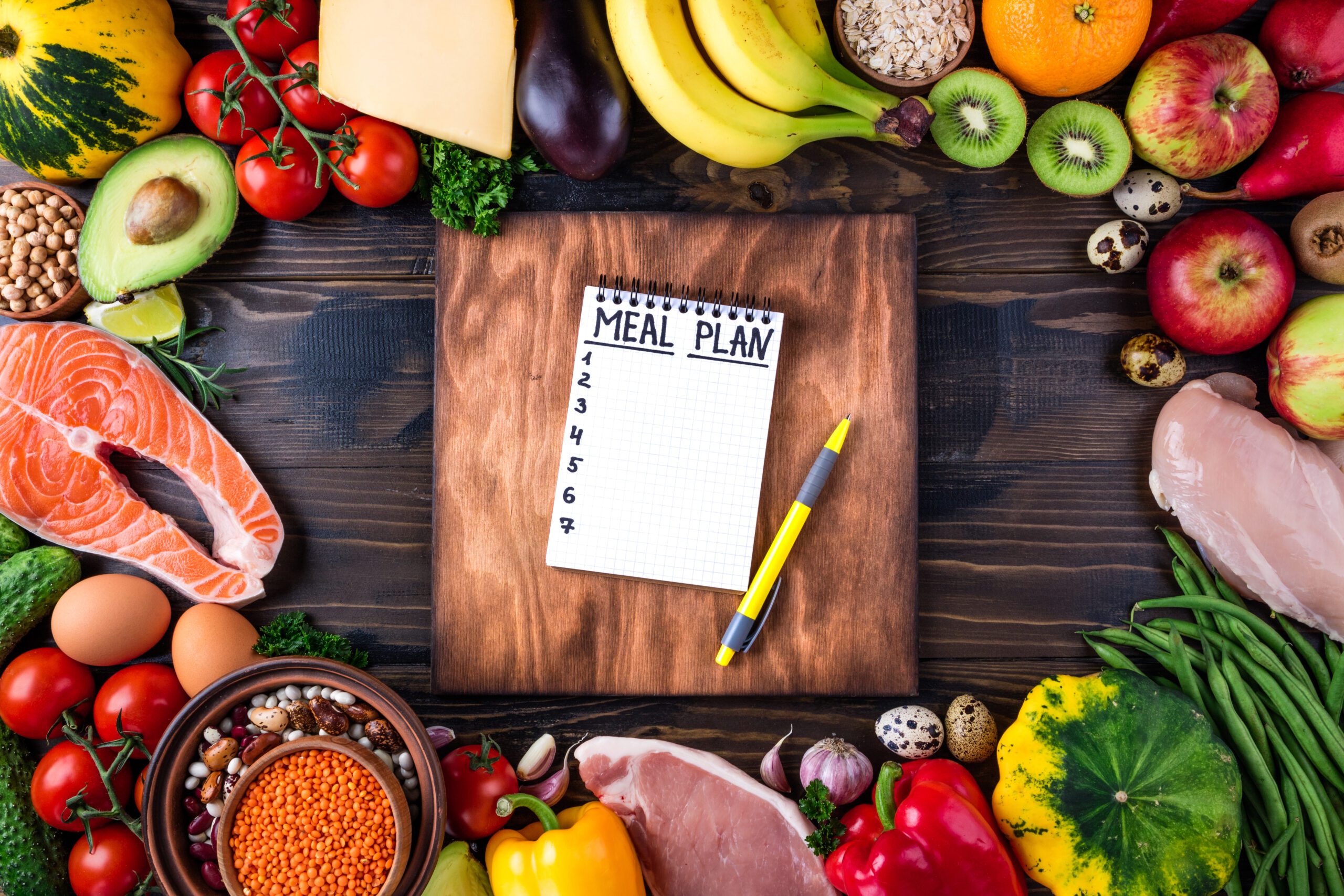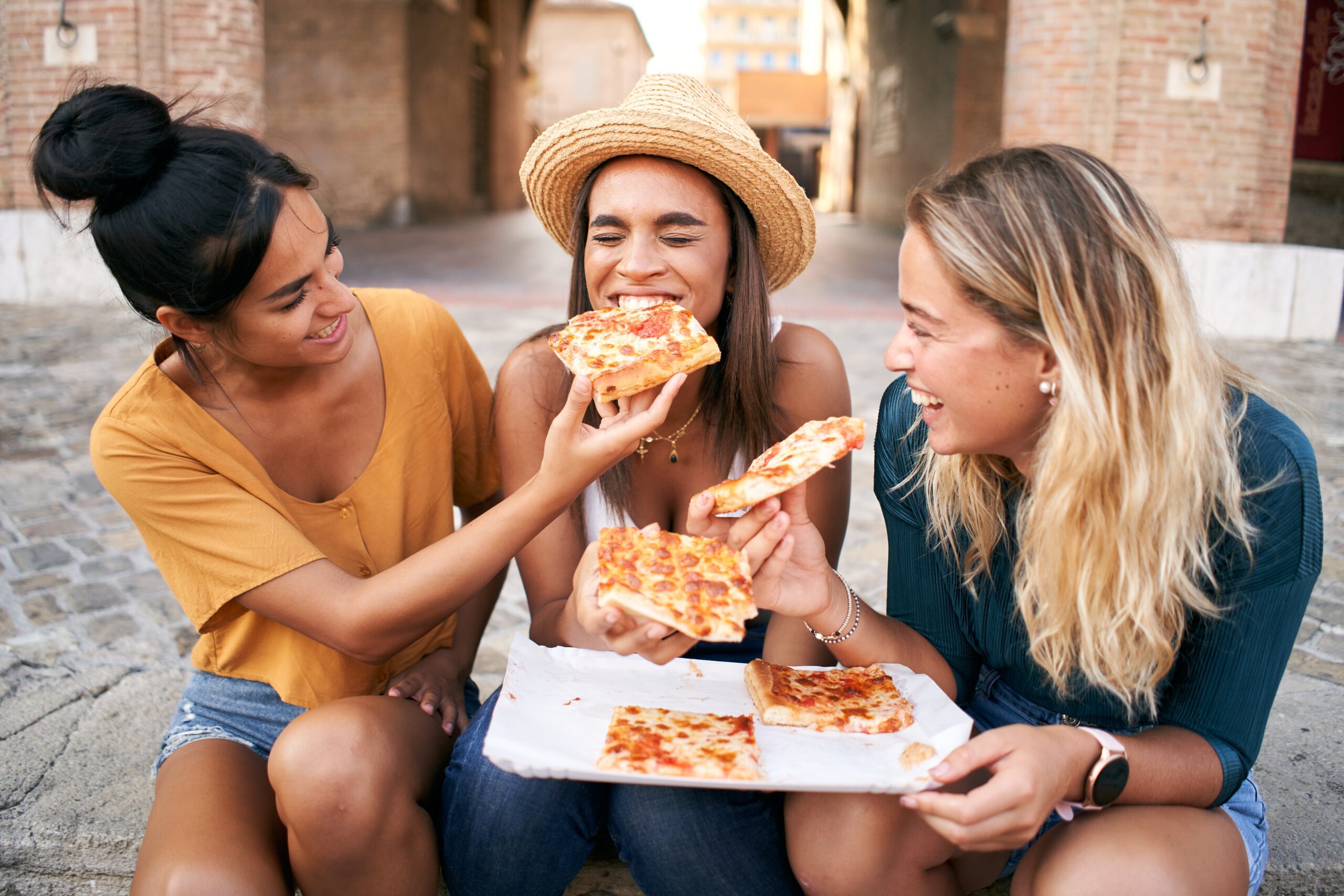Travelling has long been considered a roadblock in achieving health goals, especially for those who are frequently on the move for work or leisure. It’s common for individuals to either exclude themselves from pursuing their body transformation goals during travels or delay them until they return. However, a holiday doesn’t have to be a setback. In this article, we’ll explore tips and strategies to help you maintain progress or even see results while on the road, focusing on leveraging the power of the food tracker to keep you accountable.
Table of Contents
Get Acquainted with Your Destination
Before embarking on your journey, take some time to research your destination. Identify nearby restaurants, convenience stores, and supermarkets. Many popular eateries provide nutritional information on their websites, enabling you to plan your meals according to your calorie goals. Knowledge of available options makes pre-planning and making wise choices much easier.
Pre-plan for Success
Investing time in planning is a smart strategy for staying on track during your travels. After researching available dining options, you can anticipate potential gaps in your diet and make necessary accommodations. Packing non-perishable, macronutrient-friendly snacks like protein bars, shakes, and quick meals ensures you have convenient options that align with your nutritional goals.
Choose Accommodations Wisely
Selecting a hotel with a gym or one nearby can support your commitment to staying active. Additionally, booking a hotel or apartment with a kitchen or kitchenette provides the utilities needed to prepare your meals, making it simpler to stick to your daily targets.
Essentials Shopping
Upon arrival, visit a local grocery store to stock up on essentials that align with your nutritional requirements. Accurate intake for your meals and snacks allows for better managing your daily calorie intake, even when dining out.
Stay Active
Maintaining a balance between calories consumed and calories burned is crucial for weight management. Even on a trip, staying active can offset any increased calorie intake. Whether it’s a leisurely outdoor walk, a local gym visit, or a quick in-room workout, find an activity that suits your surroundings.

Dining out & Weight Management
Dining out poses challenges for travellers, but effective weight management strategies can make it seamless. Consider the following tips:
Inaccuracy and Uncertainty Surrounding Calorie Intake
- Opt for a meal with a specified weight (e.g., 300g Steak).
- Request dry-grilled options with no added oil.
- Ask for sauces on the side.
- Deconstruct the meal for accurate calorie estimation in your food tracker.
- Make an informed guess based on similar food items in the tracker app.
Making Poor Choices
- Focus on calorie density, not misleading labels.
- Consider the calorie density of individual components in seemingly healthy meals.
- Balance macronutrients with awareness of your daily intake.
Avoiding a Blowout
- Save calories for the dine-out meal.
- Prioritise higher protein intake earlier in the day.
- Pre-plan dine-out meals in your food tracker.
- Make wise choices regarding alcohol and beverages.
- Stop eating when leaving the venue to avoid overindulgence.
Approach your trip with the right mindset, aligning effort with expectations. Pre-plan meals, stay committed and be mindful of goals. Flexibility is key—adapt to the environment while keeping long-term objectives in sight.
Incorporate these strategies and utilise a reliable calorie tracker app for a committed health journey on the go.
For personalised nutrition plans, explore our offerings here!


